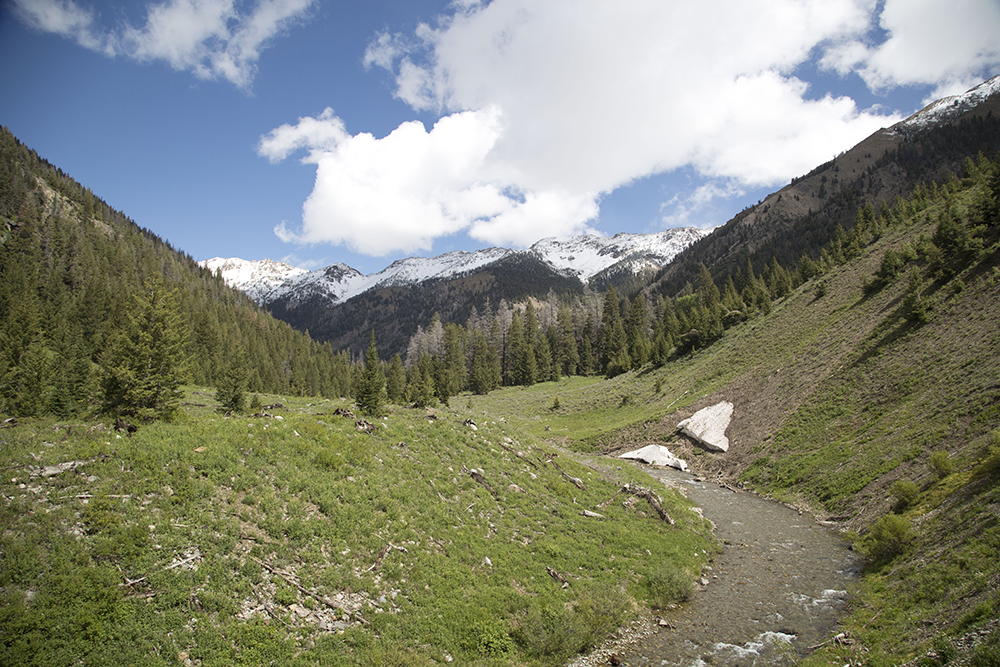Discovering the Boulder-White Clouds
Discovering the Boulder-White Clouds: A film about exploring one of America’s most pristine landscapes and inspiring the next generation of conservation leaders.
In June 2014, The Corps Network took a group of eight Corpsmembers from Civic Works – a Service and Conservation Corps based in Baltimore, MD – for a camping trip in the Boulder-White Cloud Mountains of Central Idaho.
Discovering the Boulder-White Clouds follows the Corpsmembers as they explore an untouched wilderness unlike anything they’ve ever seen before. The film focuses on the parallels between the urban environment in Baltimore and the wilderness of a place like the Boulder-White Clouds, emphasizing the value of preserving the environmental health of both settings. By exploring the pristine public lands of Idaho, the Corpsmembers, who in Baltimore grow healthy food on an urban farm and retrofit low-income homes to improve energy efficiency, gain a new perspective on the importance of conservation.
About the Boulder-White Clouds
The Boulder-White Cloud Mountains are currently under consideration to become a national monument. The proposed monument would cover over 570,000 acres of mountains, lakes, rivers forests and grassland. This area is one of the largest unprotected roadless landscapes in the lower 48 states.
About Civic Works
Civic Works has engaged Baltimore residents in community and environmental improvement projects for over 20 years. Through hosting community service projects and providing job training, Civic Works empowers people to be active participants in making their neighborhoods greener, healthier and economically stronger.
About the Corpsmembers
The eight Corpsmembers who travelled to the Boulder-White Clouds participate in a number of Civic Works programs: some of them grow healthy food on an urban farm; some retrofit low-income homes to make them energy efficient; some clean and landscape empty lots to create urban green spaces; some build homes; and some renovate homes for the elderly to remove potential tripping hazards. Through these projects, the Corpsmembers gain hands-on job skills and help make Baltimore a better place to live.
About the film
Discovering the Boulder-White Clouds was filmed and edited by David Rochkind.
Film Premiere Press Release
Click here to read.
Press & Related Materials
Spotlight On: Discovering the Boulder-White Clouds
The Pew Charitable Trusts
Urban Youths Experience the White Clouds
Idaho Mountain Express
Documentary Follows Urban Youth into Boulder-White Clouds Mountains
KMVT-TV/KSVT-TV – Idaho’s First News
Being Good Environmental Stewards, No Matter Where We Live
Huffington Post – by Davon Baynes (Civic Works)
Molding Conservation Leaders
Featured on: Corporation for National & Community Service Blog














































































